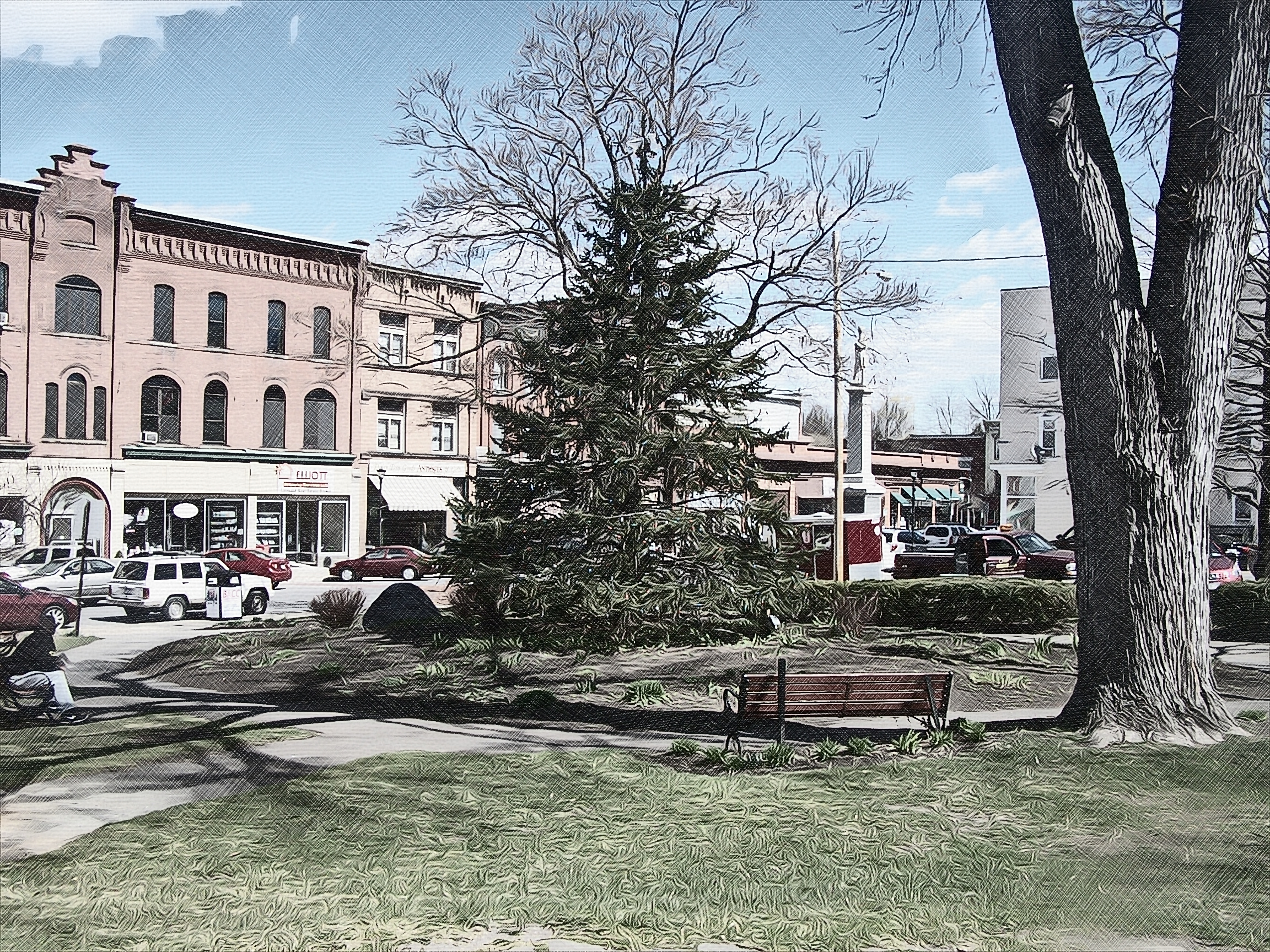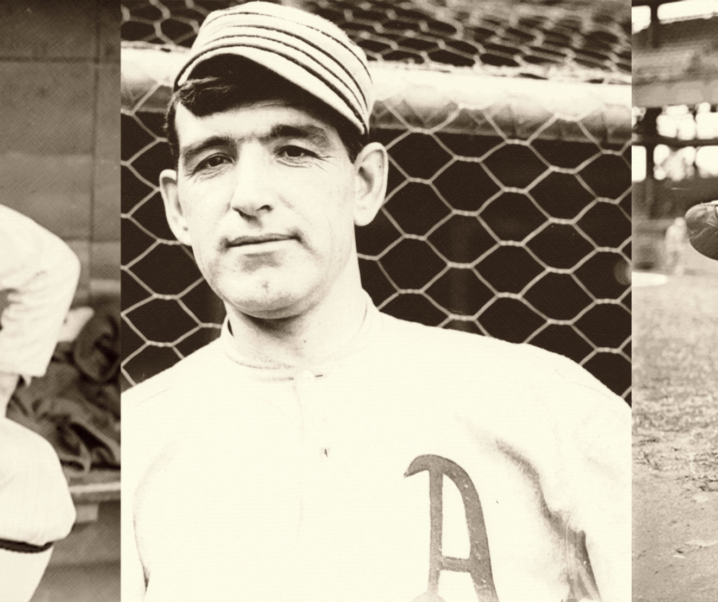INTRODUCTION
When now late Ballston Spa History Consultant Maurice “Christopher” Morley dictated this history lesson to Ann Hauprich in 2010, he wanted villagers to put the high cost of the air-conditioning bills and chemicals to maintain backyard swimming pools in perspective. One can but wonder what advice Mr. Morley, who was 89 at the time of his July 2011 passing, might have shared with readers had he known that a pandemic would dramatically transform life for folks in his beloved hometown a decade later.
According to an old newspaper article, nearly a foot of snow fell in this region during the summer of 1816, making it necessary for residents to bundle up from head to toe all summer long. Despite these precautions, some people froze to death while others committed suicide because they believed the sun was cooling off and life on this planet was doomed.
One way to try to help stay cool on hot, hazy humid summer days and nights might be to recall “The Year of No Summer” when temperatures dipped, snow fell, humans and animals froze, crops failed and locals feared the world was coming to an end.
According to an old newspaper article, nearly a foot of snow fell in this region during the summer of 1816, making it necessary for residents to bundle up from head to toe all summer long. Despite these precautions, some people froze to death while others committed suicide because they believed the sun was cooling off and life on this planet was doomed.
The newspaper report stated: “The wind during June, July and August of 1816 was continuously blowing from the north, and it blew fiercely and cold. Farmers wore heavy overcoats and mittens while about their work every day during those months. There was but little use of planting anything; nothing grew to speak of, but they did plant corn as usual, and planted it with mittens on.”
The account continued: “July was even colder than June and August was colder than July. Ice half an inch thick formed in July, but in August it froze an inch or more. There was a heavy snowstorm on August 30. The whole summer was as bleak and dreary as November; there was not a green thing to be seen anywhere.”
One man quoted in the story recalled how his uncle was found buried in the snow a mile from a pasture where he had gone to search for some sheep he believed to be huddled nearby. The “He (my uncle) was frozen stiff,” James Winchester told a local reporter when he was interviewed around his 90th birthday. “He had evidently become bewildered in the blinding storm and had wandered about until he succumbed to fatigue and cold. It seems a most improbable thing that a person ever fell victim to a snowstorm in the middle of June in this latitude, but I have this sorrowful knowledge of one instance at least where such a thing was only too true.”
Although temperatures warmed up briefly during the early part of September, they reportedly “returned suddenly and the calamity believers were once more made miserable by their old fear. One old man, James Gooding by name, was so hopeless over the prospect that he killed all of his cattle and then hanged himself, after vainly trying to induce his wife to make away with herself also to escape the terrible and gradual death by freezing and starvation, which he believed was to be the common doom.”
Suddenly those high air-conditioning bills and the cost of chemicals to keep backyard swimming pools don’t seem so bad, do they?
EDITOR’S NOTE: To learn more about Maurice “Christopher” Morley, please visit https://ballstonspaliving.com/mornings-with-morley-introduction/.



